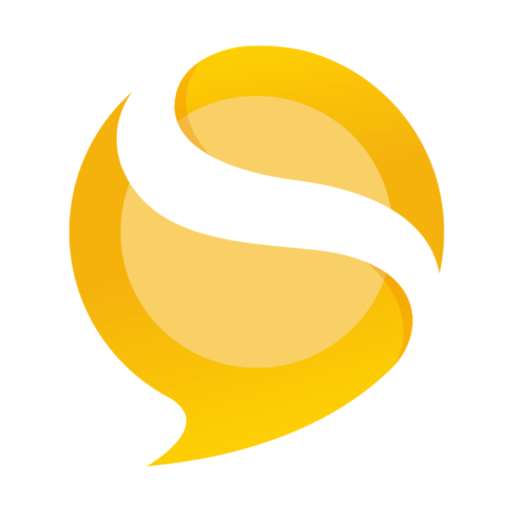 The course is a seductive solution. I’ve written and spoken about this before as I believe it’s due in part to years of formal learning dominating our lives, better known as learning learned helplessness. And because employees can’t always wait for L&D to develop a solution they will take matters into their own hands. Sometimes this is good as they find the resource (human or material) to solve their own problem or it can be troublesome in that sometimes they create a PowerPoint presentation for others. It’s enough to raise the hair on a learning professional’s neck… but I say don’t fight it. Appreciate their moxie and shift your focus to consultant and help people rethink the decision.
The course is a seductive solution. I’ve written and spoken about this before as I believe it’s due in part to years of formal learning dominating our lives, better known as learning learned helplessness. And because employees can’t always wait for L&D to develop a solution they will take matters into their own hands. Sometimes this is good as they find the resource (human or material) to solve their own problem or it can be troublesome in that sometimes they create a PowerPoint presentation for others. It’s enough to raise the hair on a learning professional’s neck… but I say don’t fight it. Appreciate their moxie and shift your focus to consultant and help people rethink the decision.
It’s about an opportunity not ownership.
So what does Consultative L&D look like? Here are 5 short examples of actual engagement with some of our stakeholders that has not only worked to pragmatically solve a business issue, but helped enlighten those we worked with to stop thinking training only. Again, each of these began with something along the lines of “we need a course on…“
1. People Don’t Argue with There Own Data
A senior divisional leader requested training. Donning Performance Consultant we stepped in to see if there was a skill gap and if it warranted training as a solution. This is how the conversation went:
Me: “How are new employees learning the methodology and approaches today?”
Him: “Our programs that employ it learn on the job. Seasoned developers already know the general methodologies and our rendition is not that much different than industry best practices. The new individuals who are less aware will have a mentor who will sit with them to bring them up to speed.
Me: “What are the biggest gaps in execution today?”
Him: “Nothing that stands out. Each team/project does it slightly different to accommodate their project, environment, customer, etc.”
Me: “Since our methodology is very much based on industry methodology how/where is it different?”
Him: “It’s different in just a few ways: it accommodates customer processes, documents, and tools.”
Me: The objectives speak to having employees “Understand.” How will we know they understand? i.e. how will success be determined regardless of solution chosen? Are their project executables/deliverables that can be identified that would show knowledge/skill advancement?”
Him: “We are talking about very tightly knitted teams, they “self-organize” and are accountable for what they sign-up for. It’ll become immediately apparent if someone is not keeping up or they just don’t get it.”
As we dialoged it became apparent to him that a training course was inappropriate, too heavy and unnecessary. Today we are working on small modules loosely connected, some may be podcasts, SME video demonstrations, job aids and checklists that people can pull on as needed to supplement time with knowledgeable team members.
2. When a job aid will do, do a job aid.
After a SME crafted a highly visual step-by-step on generating financial reports in a PowerPoint presentation meant for a live session, I aimed to understand the need and overall objectives after the fact. Not one to throw the baby out with the bath water, we determined that simply following each screen could produce the desired results, no direct instruction needed. The next step was to fine tune through some actual user testing, then reproduce as performance support for use when generating the reports.
3. Need a presentation? Flip it.
Sometimes content is so new or the workforce is so new to the process that a more formal solution is warranted. It’s important to strive to “do no harm” to the work flow and keep learning opportunities as pull vs. push for our employees. Recently I was approach again to help develop a live presentation. Ultimately it was determined, after a bit of dialog about attention and attendance, to release the session as prerecord and then tag it in our ESN. We’d give the audience a week to view and review as needed and then ask them to post in the ESN their additional questions for the SME to address along with peers.
4. Don’t Reinvent the Wheel
In a desire to reaffirm the commitment we have to our client and ensure consistency of execution, the idea of creating a course for a segment of our workforce to complete on a client methodology and tools was promoted. In our analysis we though this would be redundant as much of the material was readily available. Our solution was to curate vs. create. Tapping into the already available formal materials we proposed an internal certification program which modeled similar certifications recognized by our folks. This two level certification not only recognizes employee completion of identified materials but will also acknowledges their successful application in using the materials in the authentic situations. Additionally, they are credited for sharing their knowledge and contributing to the growth of their more novice peers.
5. Pull not Push
Choosing a performance support solution over a course is not always the correct option. People need formal especially when they are new to the content or safety or security is on the line. However when people are more experienced they need less formal and more informal or social opportunities. This was the case with one of my first efforts. Initially a Project Manager’s boot camp was proposed but this made little sense for our experience Project Managers just needing to understand the nuances of our organization’s project management approach; which for the most part was very similar to what most Project Managers knew from their certification through the Project Management Institute. So instead we leveraged numerous SMEs to co-create job aids, templates and short recorded sessions to orient and reinforce our unique ways of executing project tasks. Each of these could be pulled on in the time of need.
Each of these efforts in and of themselves is small. They grew out of small conversations via email or phone call. In each one we have reinforced the approach I think L&D needs to take; small, embedded, impactful, and integrated with the workforce solutions focused not on just on learning but performing. For L&D to reinvent itself it must not only meet the business need but reframe the thinking throughout the organization one problem, one person, one conversation at a time.

